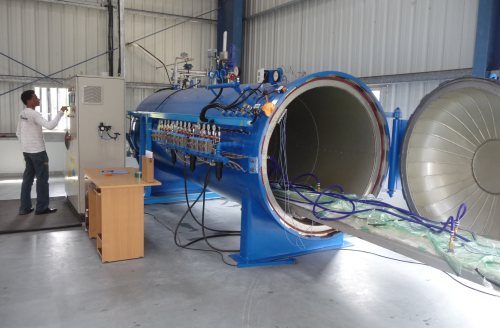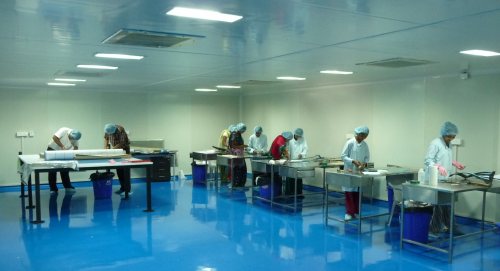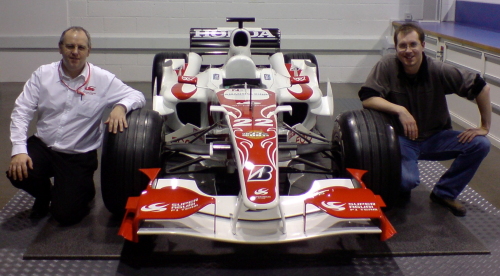


Moldex Composites has been established by Formula 1 and motor sports specialists Ian Thomson and Dr Rob Neumann and Indian businessman Parag Rajda.
Moldex offers a 'one stop' service, from concept to finished part, including detail designing, material choice, laminate design, pattern, mould and jig design and manufacture. The company also offers a 'build to print' service.
Moldex currently manufactures various automotive panels and aerospace component prototypes. It plans to spit its business between the aerospace sector (40%), the automotive/motorsport market (40%), and other industries (20%).
The company's facility is located in Surat, 300 km north of Mumbai. This is a textiles district and also a centre for diamond polishing and jewellery manufacture. From these local industries Moldex has been able to recruit staff experienced in working with fabrics and accustomed to detailed high quality handwork.
Composite capabilities
Moldex has invested in the latest composites technology capabilities and manufacturing facilities. For design and development, Dassault Systems CAD software Catia V5 is implemented across the company. Moldex utilises the PowerMill software from Delcam for CNC programming. Co-ordinate measuring is provided using PowerInspect software, also from Delcam, combined with a high quality touch probe on a 5 axis CMS Ares CNC machine. To streamline manufacturing and minimise material usage Gemini software is used for digitising and editing of hand or CAD produced templates, which are then nested to optimise material usage before cutting.
Moldex is able to work with the usual range of high performance fibres, resins, sandwich constructions and thermoplastics. The company is initially specialising in hand lamination and autoclave or oven curing of parts made from carbon and/or glass fibre/epoxy prepreg. An alternative process is resin film infusion with toughened epoxy and the possibility of an epoxy resin film reinforced with carbon nanotubes for extra fracture toughness.
Moldex has a 120 m2 Class 8 Clean Room dedicated to prepreg laminating and vacuum bagging. From there parts are taken for processing in a 1.5 m diameter, 4.5 m long autoclave with a temperature capability of 220°C and 10 bar pressure.
For correct bonding preparation Moldex has a Vapormatt wet grit blasting machine. It is situated in a dedicated bond preparation workshop, one of four interconnected workshops for trimming, assembly and finishing of patterns, moulds and components. There is room for further expansion.
Moldex's primary focus is manufacturing but it can also take on full turnkey packages such as road/race car chassis (including design, manufacture and testing of crash structures), component assemblies or individual parts for motorbikes, wind turbines, aircraft, satellites, medical and industrial machinery.
Moldex offers volume production, but also bespoke parts, prototypes, and short runs.
ISO 9001 and AS9100 certification implementation in progress.
Personnel
Moldex's manufacturing is looked after by Ian Thomson, Technical Director, who has been working in the motorsport and composites sector for more than 25 years. Dr Robert Neumann, Director, a specialist in design of composite parts for Formula 1, is responsible for design. Parag Rajda, Managing Director, is responsible for administration and finance. Harry Street, Product Development, with over 20 years experience in composite production in the motor sport industry, is responsible for customer liaison and prototype manufacture.
Moldex currently has around 30 personnel, including 20 laminators and fitters. Over the next 12 months the workforce is expected to expand to between 40 and 60.


